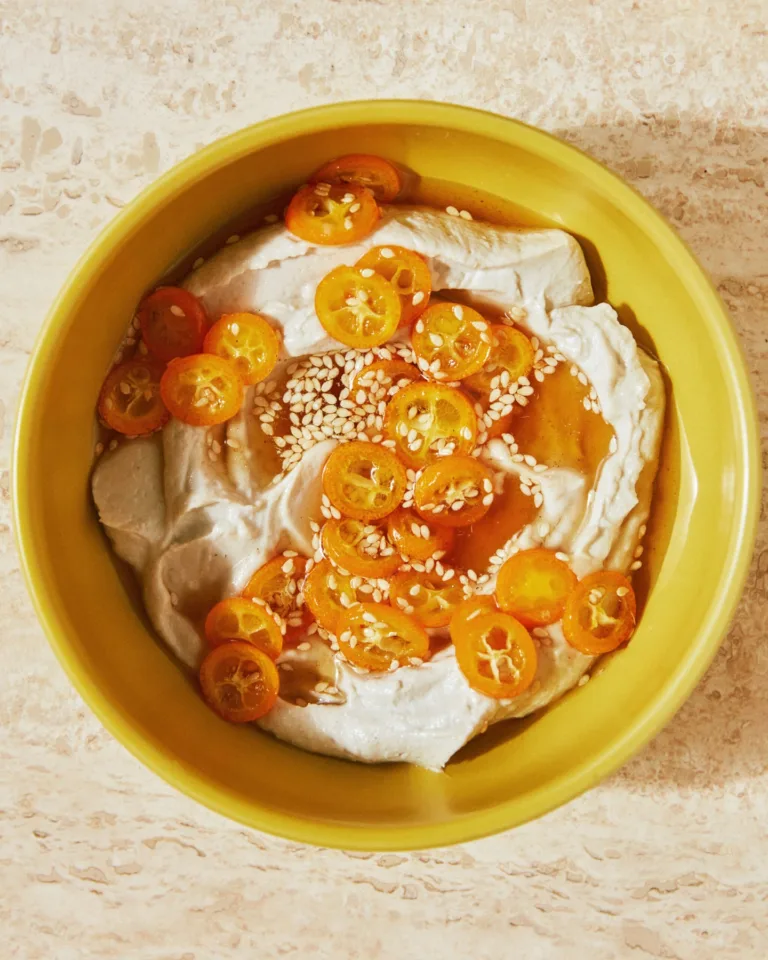Dr. Georg Prinz zur Lippe in the vineyard. Schloss Proschwitz
Back in August, I visited the restored baroque buildings which comprise the Sachsen VDP estate of Schloss Proschwitz, in the outskirts of Meissen.
The schloss (castle) itself was bought back in 1996 after the Nazis had seized it from his family for speaking out against the regime.
Our host was the current Prinz zur Lippe, Dr. Georg, who had reconstituted the estate piece by piece at great expense in the decades post-Reformation. The schloss (castle) itself was bought back in 1996 after the Nazis had seized it from his family for speaking out against the regime. His story, which shares commonalities with other wine estates in Sachsen and Saale-Unstrut, is a matter for another piece as there are some fascinating threads within, which echo some of the experiences found in other ex-Soviet bloc nations like Hungary. Here, I’m following a thread of curiosity which came up during the visit.
While we were examining the structure of the estate’s very old winemaking cellar and speculating about winemaking processes used at the time (around 1640) based on what little surviving equipment remained, the Prince was asked what kind of wine would have been made back then. He and his general manager were reasonably confident that the main grape variety would have been elbling rather than riesling.
They admitted to a certain romantic notion of elbling being the local grape with possible links to the name of the local river, Elbe, but quickly
This Article was originally published on The Real Review






